Introduction:
Cloud migration represents a pivotal shift in modernizing IT infrastructure, enabling organizations to transition from conventional on-premises systems to highly adaptable, scalable, and cost-efficient cloud computing environments. This comprehensive guide navigates through the intricate process of planning, executing, and optimizing cloud migrations, ensuring a seamless transition while maximizing the benefits of cloud technology.
- Overview of cloud migration as the process of transitioning applications, data, or workloads from on-premises or traditional hosting environments to cloud infrastructure.
- Emphasis on the benefits of cloud computing, such as scalability, reliability, security, and cost optimization.
- Introduction to the guide’s purpose: to provide a comprehensive roadmap for successful cloud migration.
Analyzing the Existing Environment:
Before embarking on the migration journey, organizations must conduct a meticulous analysis of their existing infrastructure to identify potential bottlenecks and challenges. This includes evaluating compatibility concerns, performance limitations, resource allocation challenges, security gaps, autoscaling dilemmas, serverless service limitations, unavailability of essential services, cost management strategies, infrastructure provisioning issues, configuration management complexity, CI/CD pipeline integration readiness, multiregion deployment considerations, latency optimization techniques, and cloud provider selection criteria.
- Compatibility Concerns:
- Assessment of whether current infrastructure meets application requirements.
- Identification of potential incompatibilities with cloud environments.
- Performance Limitations:
- Evaluation of resource adequacy in meeting application performance needs.
- Identification of performance bottlenecks hindering optimal operation.
- Resource Allocation:
- Examination of challenges in dynamically allocating resources based on workload fluctuations.
- Ensuring scalability to meet demand spikes in real time.
- Security Gaps:
- Assessment of existing security measures and identification of gaps.
- Evaluation of firewall configurations, access control, and monitoring systems.
- Autoscaling Challenges:
- Determination of support for autoscaling to adjust server capacity based on workload changes.
- Evaluation of cost-effectiveness and performance implications.
- Limitations in Serverless Services:
- Analysis of availability and adequacy of serverless solutions.
- Confirmation of support for essential services like managed databases and storage solutions.
- Unavailability of Necessary Servers/Services:
- Verification of availability of essential managed services.
- Identification of gaps in service offerings.
- Cost Management and Optimization:
- Assessment of cost-effectiveness of current infrastructure.
- Exploration of strategies to optimize resource usage and reduce expenses.
- Infrastructure Provisioning:
- Evaluation of infrastructure provisioning efficiency.
- Identification of obstacles hindering timely deployment of new components.
- Configuration Management:
- Assessment of infrastructure reconfiguration and rollback capabilities.
- Importance of maintaining stability and consistency.
- Continuous Integration and Continuous Deployment (CI/CD):
- Verification of support for automated testing, integration, and deployment.
- Impact of CI/CD capabilities on rapid and reliable delivery.
- Multiregion Deployment:
- Consideration of deploying services in multiple regions.
- Importance of minimizing latency and optimizing performance.
- Latency Optimization:
- Prioritization of deploying applications closer to target audience.
- Minimization of latency for optimal user experience.
- Cloud Provider Consideration:
- Importance of selecting a cloud provider with strategic regional presence.
- Impact of provider choice on performance and costs.
Existing Infrastructure Enhancement:
Addressing deficiencies in the existing infrastructure is paramount to ensuring a smooth migration process. This involves conducting comprehensive workload assessments, fine-tuning resource allocation strategies, implementing dynamic load balancing solutions, establishing resilient remote file systems, crafting robust backup and disaster recovery plans, and fortifying security measures to safeguard critical assets.
- Workload Assessment:
- Conducting thorough testing to determine infrastructure resource requirements accurately.
- Resource Allocation:
- Allocating server resources based on workload for optimal performance.
- Load Balancing:
- Implementation of load balancers to distribute traffic across multiple servers.
- Utilization of DB clustering methods for enhanced data availability and security.
- Remote Filesystem:
- Setting up distributed file systems for remote storage of application files and assets.
- Utilization of remote cloud object storage solutions like S3 or NFS.
- Backup and Disaster Recovery Plan:
- Establishment of robust backup system for recovery, rollback, and migration.
- Integration of database backups and server images for disaster recovery.
- Security Enhancement:
- Strengthening security measures at the OS and application levels.
- Implementation of firewall solutions and best practices for application security.
Migration Planning:
Thorough planning is the cornerstone of a successful cloud migration. Organizations must conduct comprehensive cloud compatibility checks and strategically select cloud platforms and services that align with their business objectives and application requirements.
- Cloud Compatibility Check:
- Thorough assessment of compatibility with cloud environments.
- Selection of the Cloud Platform and Services:
- Consideration of business requirements and cost considerations in selecting cloud services.
Deployment Environment Preparation:
Preparing the deployment environment involves streamlining infrastructure provisioning processes, configuring database servers according to best practices, and setting up application servers and container orchestration tools to facilitate a seamless transition to the cloud environment.
- Infrastructure Provisioning:
- Preparation of infrastructure using Infrastructure as Code (IaC) tools like Terraform.
- Self-Managed Database Server or DB-Cluster or Cloud-Managed-DB Part:
- Configuration of database servers and clusters according to requirements.
- Application Server/Build Server/Container Orchestration Tools:
- Installation and configuration of application servers and container orchestration tools.
Migration Execution:
Executing the migration plan requires meticulous attention to detail and careful coordination. This includes seamlessly migrating domains and integrating SSL certificates, establishing disaster recovery measures to ensure resilience, and implementing robust logging and monitoring frameworks to track performance and security metrics.
- Domain Migrate and SSL Integration:
- Migration of domain to new server and integration of SSL certificates.
- Disaster Recovery Setup:
- Implementation of backup and recovery solutions for disaster mitigation.
- Logging and Monitoring Setup:
- Configuration of monitoring tools for proactive troubleshooting and optimization.
Documentation and Testing:
Comprehensive documentation and rigorous testing are essential components of a successful cloud migration strategy. Organizations must create detailed technical documentation covering infrastructure architecture, tools, technologies, service integrations, maintenance instructions, contact information, and communication channels. Additionally, thorough testing protocols must be implemented to validate the effectiveness and reliability of the migration process.
Conclusion:
In conclusion, cloud migration represents a transformative opportunity for organizations to modernize their IT infrastructure and unlock new levels of scalability, reliability, and cost-efficiency. By following the comprehensive guidelines outlined in this guide, organizations can navigate the complexities of cloud migration with confidence and maximize the benefits of cloud technology for their business operations.
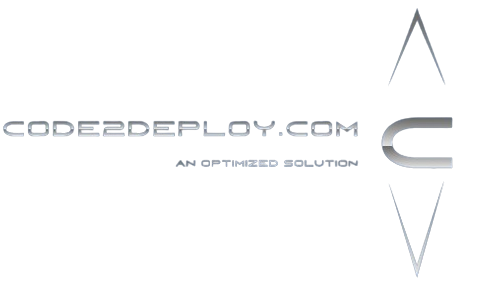
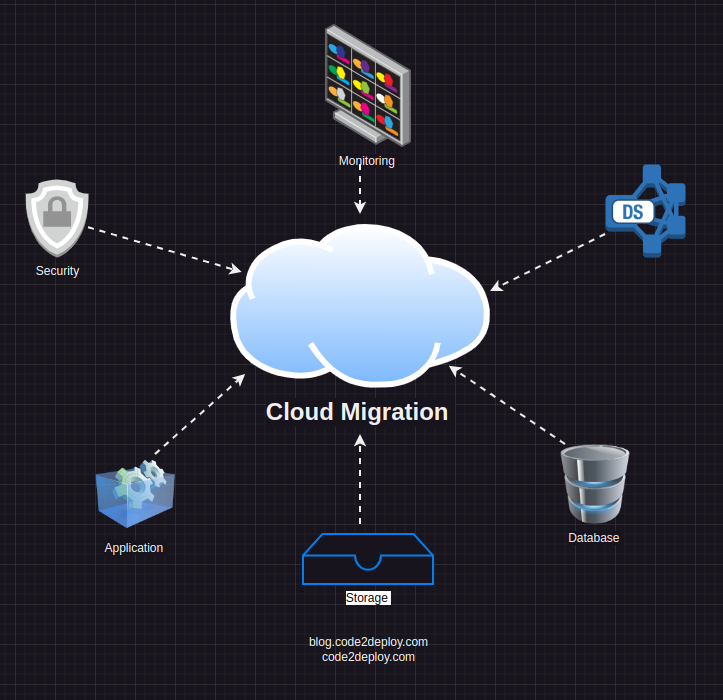
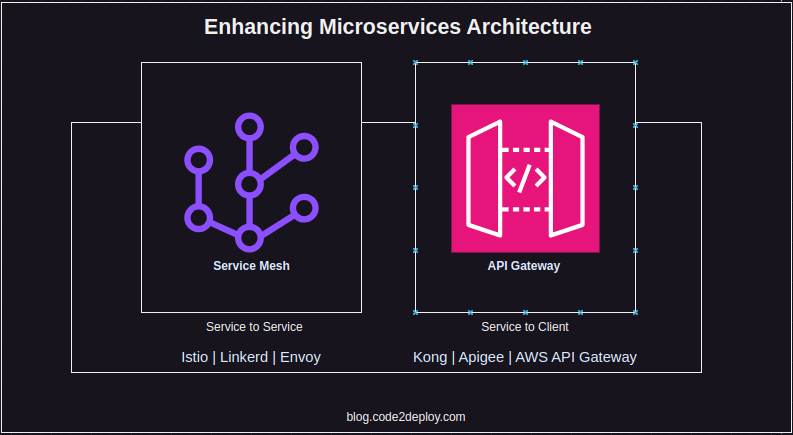
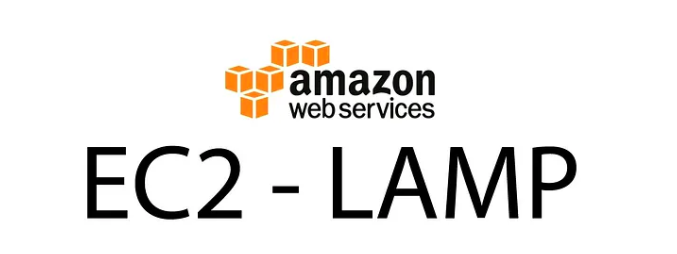
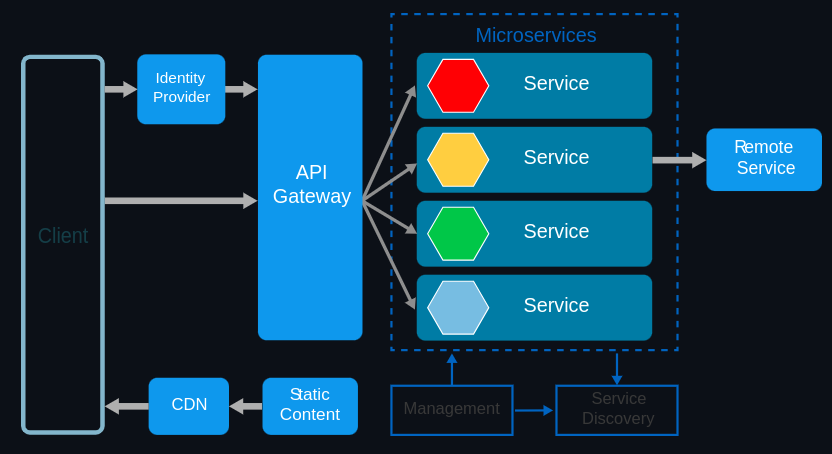
One thing I have actually noticed is the fact that there are plenty of misguided beliefs regarding the banking institutions intentions if talking about home foreclosure. One fairy tale in particular is the bank desires your house. The bank wants your cash, not your property. They want the money they gave you together with interest. Keeping away from the bank will draw some sort of foreclosed realization. Thanks for your write-up.
Hi! I could have sworn I’ve been to this site before but after checking through some of the post I realized it’s new to me. Nonetheless, I’m definitely glad I found it and I’ll be book-marking and checking back frequently!
Thanks for your valuable feedback.
I have been surfing online more than 3 hours today, yet I never found any interesting article like yours. It抯 pretty worth enough for me. Personally, if all webmasters and bloggers made good content as you did, the internet will be a lot more useful than ever before.
Thanks for your valuable feedback.
Wonderful site. A lot of useful info here. I am sending it to some friends ans also sharing in delicious. And naturally, thanks for your effort!
Thanks for your valuable feedback.